Kuan and Zhai Alley
Located near Changshun Street, Qingyang District, Chengdu City, Sichuan Province, wide and narrow alleys, consisting of wide alleys, narrow alleys and well alleys arranged in parallel, are all quadrangle courtyards of Qingdai bricks and tiles. This is also a relatively large-scale ancient street left over from Chengdu, and is called Chengdu's three historic and cultural cities together with Daci Temple and Wenshu Yuan. Protect the block.
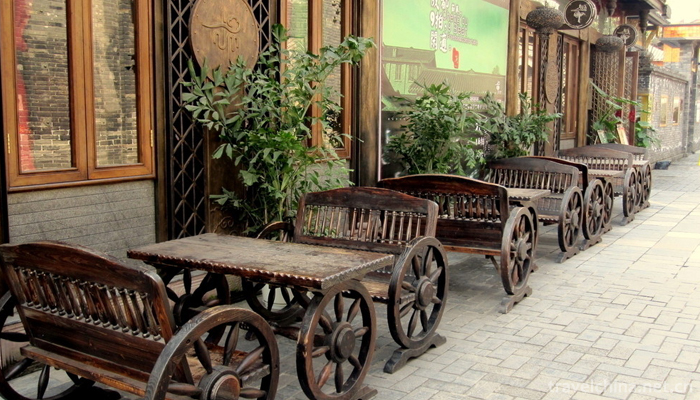
In the fifty-seventh year of Emperor Kangxi (1718), after the settlement of the Zhungeer Rebellion, more than a thousand soldiers were selected to stay in Chengdu and the Manchurian city was built on the basis of the small city of that year. In the early years of the Republic of China, the urban administrators at that time changed the "alley" into "alley". In 80s twentieth Century, Kuan Alley and Zhai Alley was included in the "conservation planning of historic and cultural cities in Chengdu". In 2003, the Kuan Alley and Zhai Alley block appeared in the dictionary of the world.
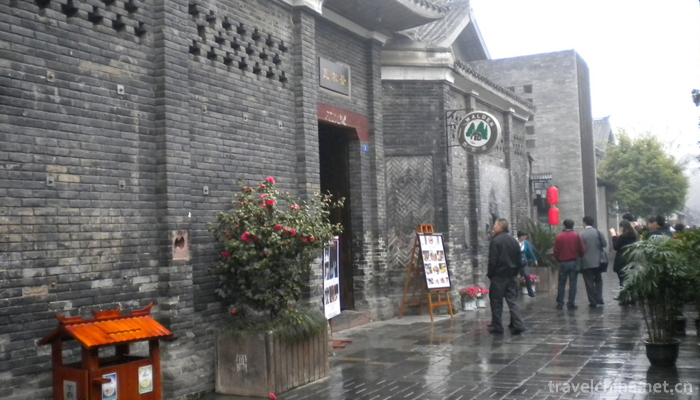
The wide and narrow lane is a national AA-class tourist attraction, and has been awarded the titles of "Commercial Pedestrian Street with Chinese Characteristics" in 2009, Sichuan Historical and Cultural Street, Chengdu New Ten Scenic Spots in 2011, and Sichuan Top Ten Most Beautiful Streets
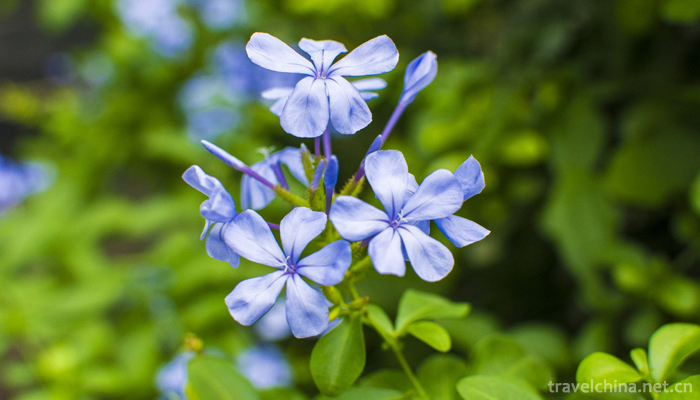
In the fifty-seventh year of Emperor Kangxi (1718 AD), after the settlement of the Zhungeer Rebellion, more than a thousand soldiers were chosen to stay in Chengdu and the Manchurian city was built on the basis of the younger cities of that year. In the Qing Dynasty, only the eight banners of Manchuria and Mongolia lived in Manchuria. After the fall of Manchuria, Manchuria was no longer a forbidden area. People could enter and leave freely. Some foreign businessmen took the opportunity to open pawnshops near Manchuria and bought a large number of flag houses. It formed the unique pattern of the descendants of the banners, the dignitaries and the merchants who lived together with the city. The wide alley here is called Xingren Hutong, the narrow alley is called Taiping Hutong, and the well alley is called Ruyi Hutong (Mingde Hutong).
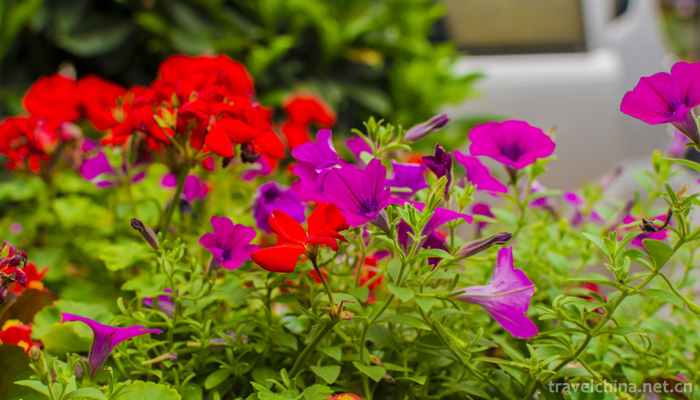
After the Revolution of 1911, Zhao Erfeng, the governor of the Qing Dynasty, surrendered power and dismantled the walls of the few cities. Some high-ranking officials came here to build mansions and houses for the people and took office on the right. Tian Songyao, Li Jiayu, Yang Sen, Liu Wenhui and others settled here successively. Chiang Kai-shek also came here to preserve these ancient buildings. In the early years of the Republic of China, the urban administrators at that time changed the "alley" into "alley".
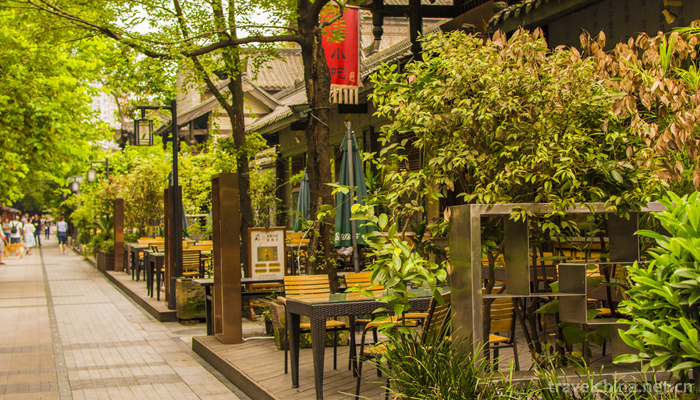
In the thirty-seventh year of the Republic of China (1948), in a city survey, it was said that the staff at that time, after measuring, labeled the wider lane as "wide lane", the narrower one was "narrow lane", and the one with a well was "well lane".
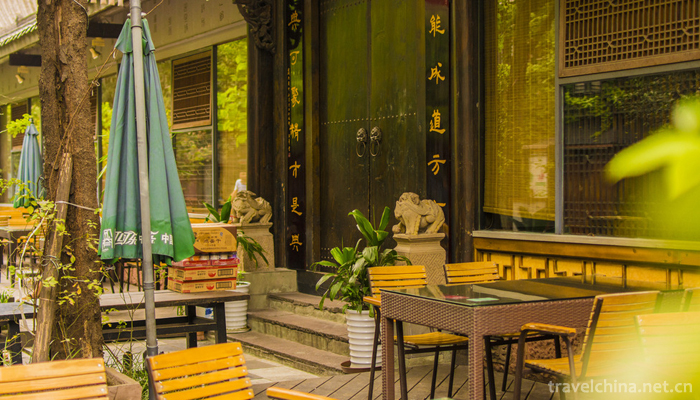
After the founding of the People's Republic of China, the houses were allocated to nearby state-owned units for the placement of workers, and the houses were redistributed during the Cultural Revolution.
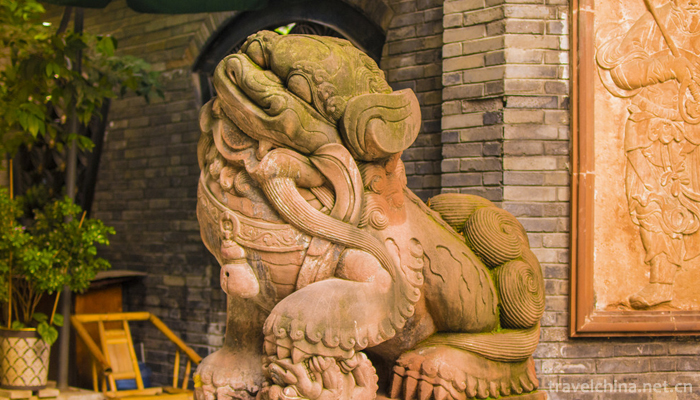
In 1980s, Kuan Alley and Zhai Alley was included in the conservation planning of the historic and cultural city of Chengdu.

In 2003, the main reconstruction project of the wide and narrow alleyway historical and cultural area in Chengdu was established. On the basis of protecting the real buildings in old Chengdu, a compound cultural and commercial street with tourism and leisure as the main part, distinct regional characteristics and strong Bashu cultural atmosphere was formed, and finally the connotation of "old Chengdu negatives, NEW urban living room" was created. The "Tianfu little city", the Kuan Alley and Zhai Alley block appeared in the dictionary of the world.
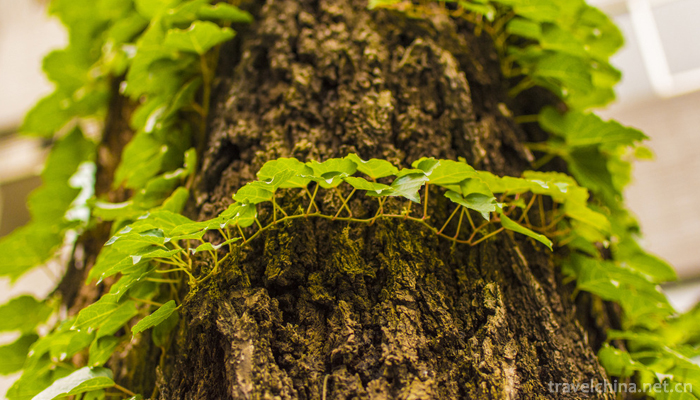
In 2005, the reconstruction of the wide and narrow neighborhoods started.
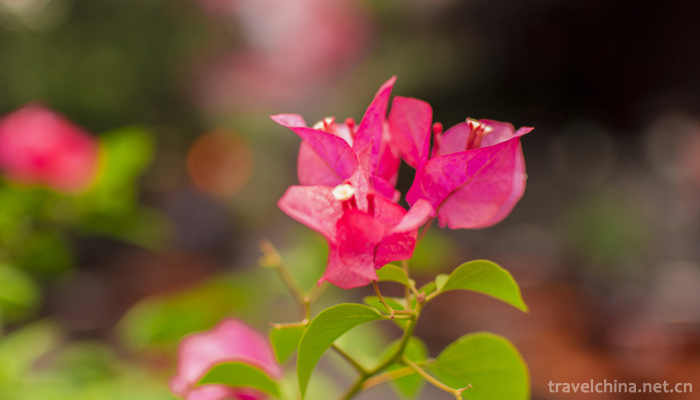
On June 14, 2008 (the third Chinese Cultural Heritage Day), the wide and narrow alleys were opened to the public as a landmark event in Chengdu's tourism recovery after the earthquake.
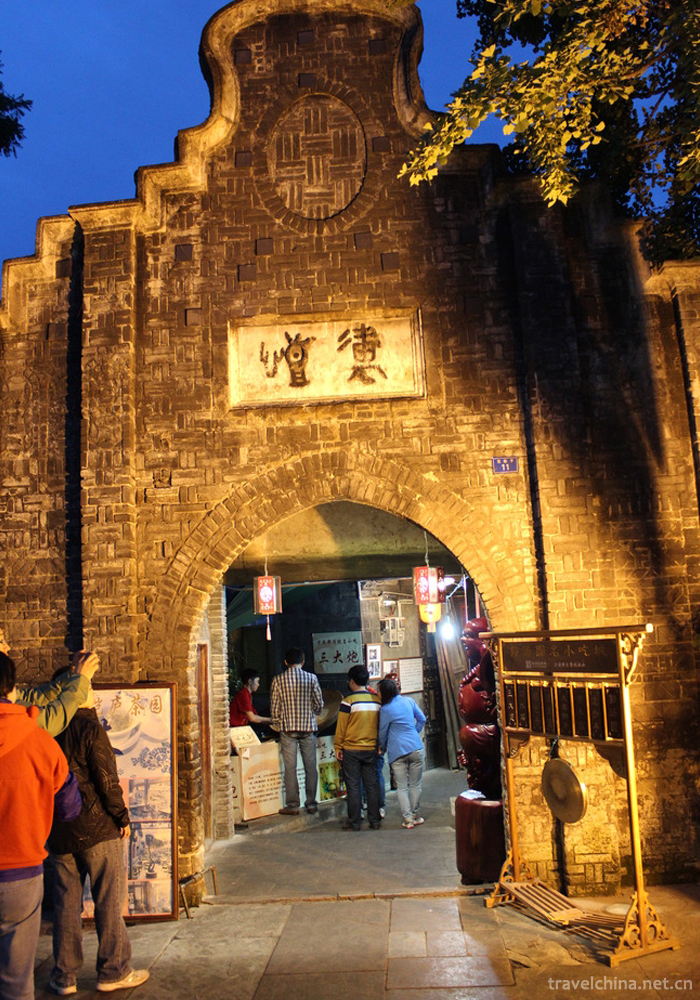
More pic
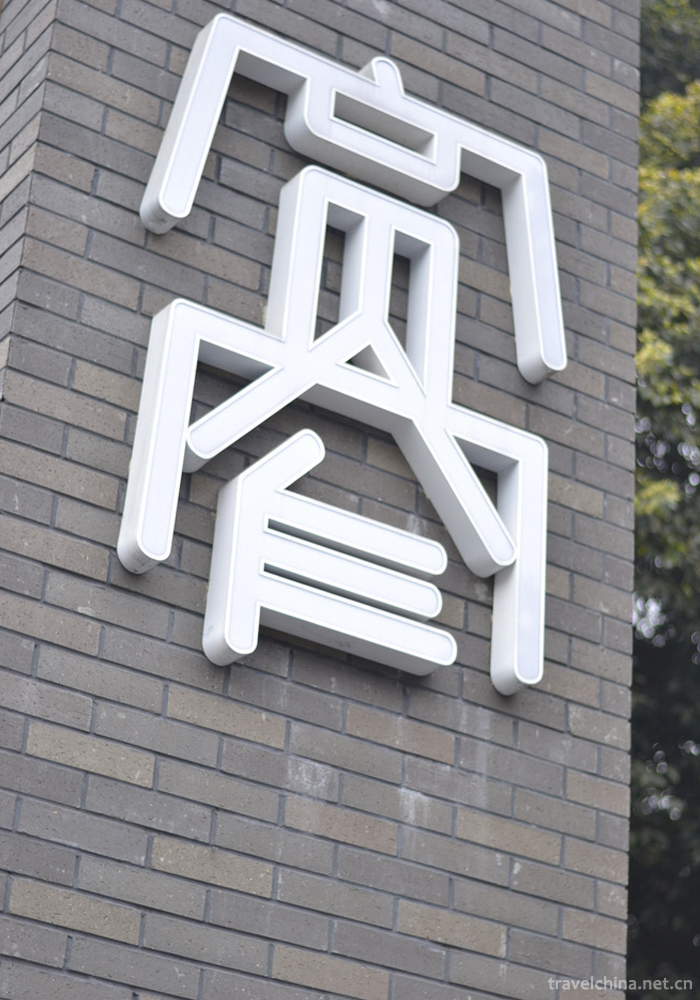
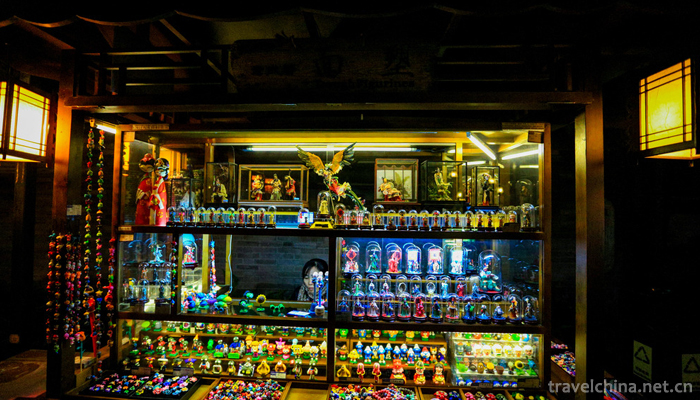
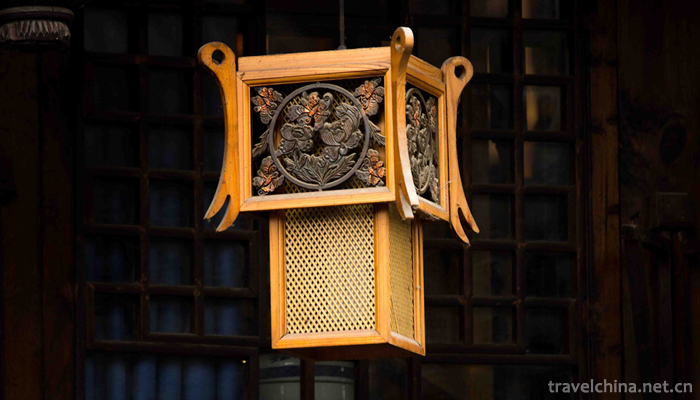
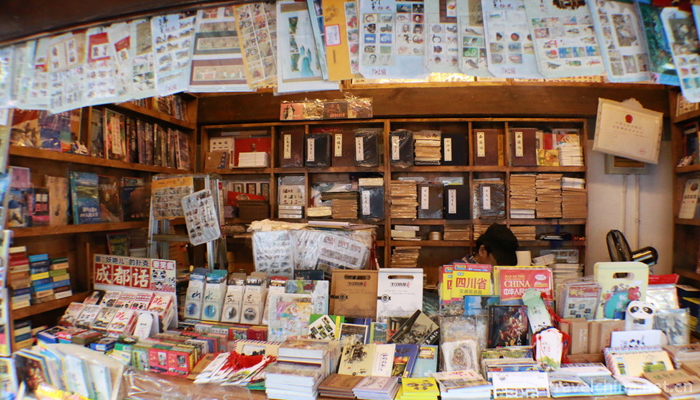
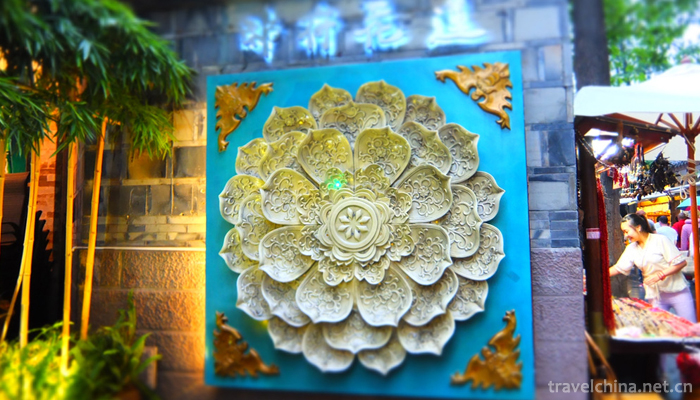

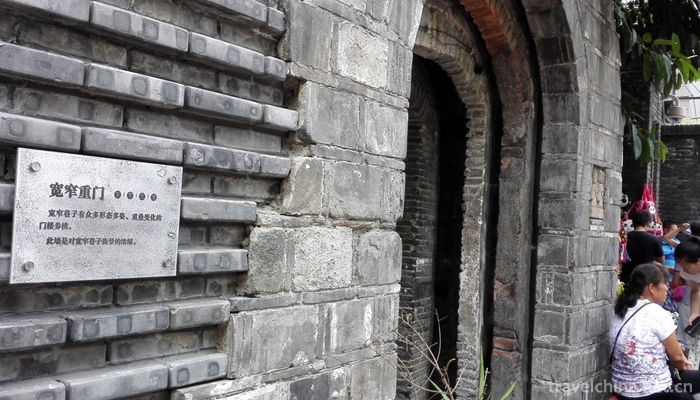
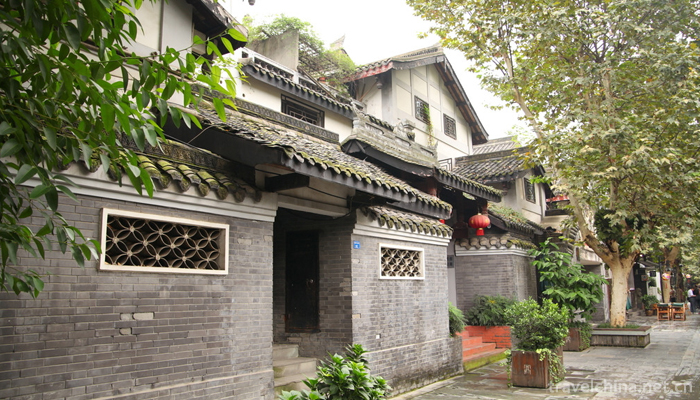
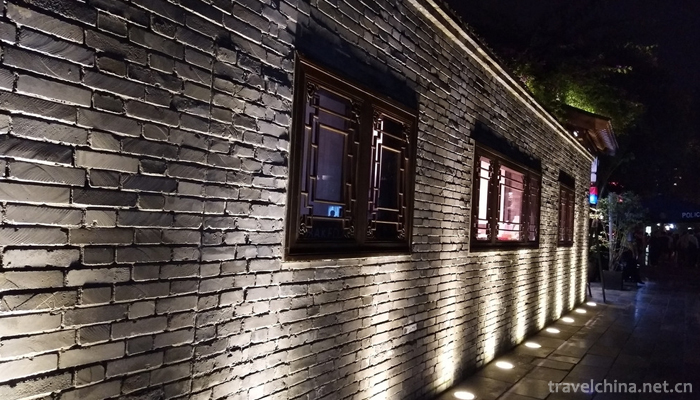
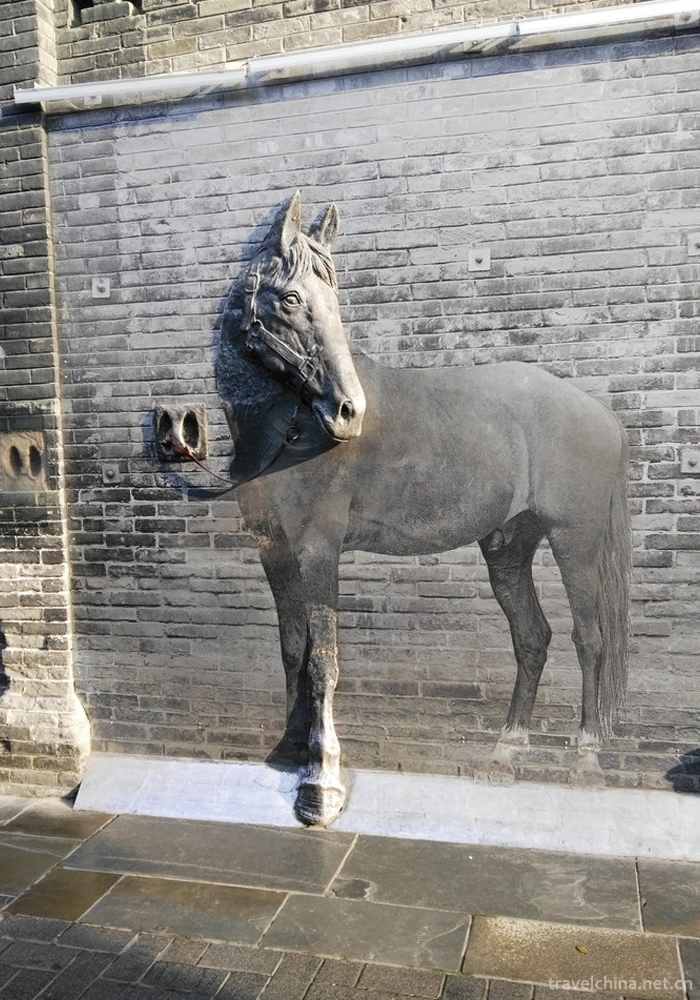
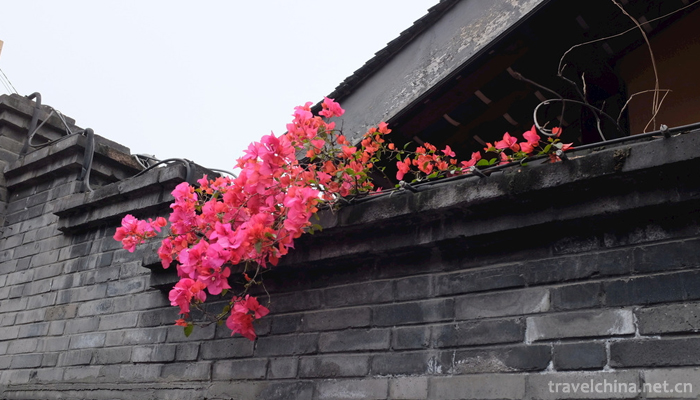
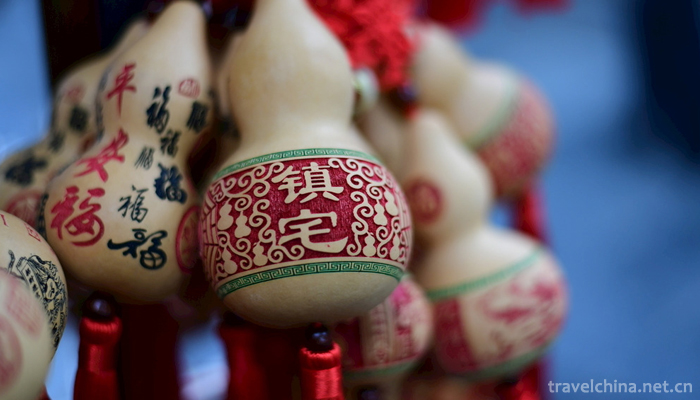
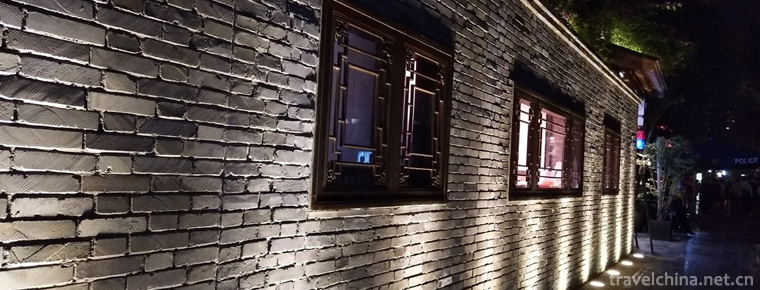
-
1.jingyuetan national forest park
Jingyuetan, National AAAAA Class Tourist Scenic Spot, National Scenic Spot, National Forest Park, National Civilized Scenic Spot Demonstration Site, National Water Conservancy Scenic Spot, National Na
Time 2018-12-26 -
2.Dong Ziyuan Scenic Area
Dong Ziyuan Scenic Area belongs to Dezhou Economic Development Zone. Dezhou Economic Development Zone, as a provincial economic development zone approved by Shandong Provincial People's
Time 2019-01-08 -
3.Langyatai Scenic Area
Langyatai Scenic Spot belongs to Qingdao Langyatai Provincial Tourism Resort (established in December 1995 with the approval of Shandong Provincial People's Government with a planned area of 9.8 squar
Time 2019-01-29 -
4.Tianzhu Mountain National Forest Park
Tianzhushan National Forest Park, a national 4A-level tourist attraction, is located in Tianzhushan Town, 30 kilometers southeast of Shanyang County Town, Shaanxi Province, south of Huling and north o
Time 2019-02-22 -
5.Brodo
Buyi Opera, a local traditional drama in Ceheng County, Guizhou Province, is one of the national intangible cultural heritage.
Time 2019-04-04 -
6.Trichord Dance of Yi Nationality
Trichord dance of the Yi nationality is a folk dance handed down from generation to generation by the people of the Yi nationality. Different areas or different tribes of the Yi nationality have diffe
Time 2019-07-12 -
7.Production Techniques of Yuping Xiaodi
Yuping Xiaodi is made of a special bamboo as raw material through four processes: material taking, blank making, carving and finished product. The manufacturing process is complex and all of them are
Time 2019-07-16 -
8.Deep Drilling and Drawing Techniques of Salt in Zigong Well
Zigong well salt deep drilling technology, the local traditional technology of Zigong City, Daying County, Sichuan Province, one of the national intangible cultural heritage.
Time 2019-08-16 -
9.Hua Tuo
Hua Tuo (about 145 ad - 208 AD), the character is changed into one. Pei country Qiao County People, Eastern Han Dynasty The famous medical scientist at the end of the year.
Time 2019-09-07 -
10.Fried meat with chili
Stir fried meat with chili is a dish made with chili and streaky pork as the main ingredients and soybeans, garlic seeds, soy sauce, oil salt, monosodium glutamate and ginger as auxiliary ingredients.
Time 2020-03-18 -
11.Longmenshan earthquake site park
This entry is lack of information column, supplement the relevant content to make the entry more complete, but also can quickly upgrade, come on! The site earthquake park includes the widely spread ruins of Xiaoyudong bridge
Time 2020-11-05 -
12.Mineral resources in Leshan
Leshan City is rich in mineral resources, 34 kinds of mineral resources have been proved, especially non-metallic minerals, with great development potential. Among them, the total amount of proven rock salt resources is 10.5 billion tons, with an annual
Time 2020-12-17